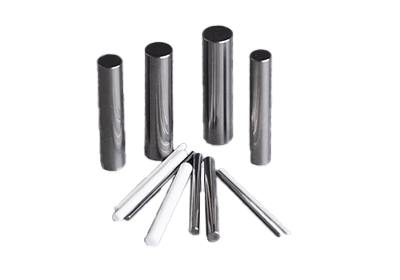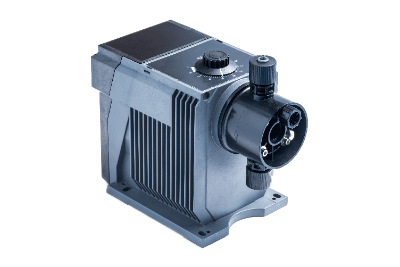What Are Prism Tape Sheets?
Prism Tape Sheets: Devices for Light Refraction
Prism tape sheets are optical devices used to alter the direction of light from a light source or to diffuse directional light. These sheets are made from acrylic material with periodic grooves on the surface. When light passes through a sheet like this, it undergoes refraction at a specific angle, allowing for the manipulation of light direction.
Diffusion of Light by Adjusting the Sheet’s Orientation
When directional light enters from the side without grooves, the light exiting prism tape sheets disperses at various angles depending on the groove pattern. This property allows for the diffusion of light when transmitted through the sheet.
Applications of Prism Tape Sheets
Utilized in Cell Phones and Displays
Prism tape sheets find applications in cell phones and TV displays. They are affixed to the light path of a device’s backlight to alter the light angle and enhance diffusion. Prism tape sheets can enhance display brightness by focusing the backlight efficiently.
Some Prism Tape Sheets Combine Multiple Functions, Reducing Device Complexity
Certain prism tape sheets serve dual purposes by increasing luminance and diffusing light.
Characteristics of Prism Tape Sheets
Light Behavior Alters Depending on the Direction of Incidence
Prism tape sheets consist of thin acrylic sheets with periodically grooved surfaces. Light refraction occurs when light passes through these grooved sheets. When light enters from the grooved side, it follows a constant angle of refraction. Conversely, when light is incident from the flat side, it disperses from the grooved side at various angles, resulting in light diffusion. The behavior of transmitted light depends greatly on the direction in which light enters the prism sheet, so it is essential to consider the sheet’s orientation when using it.
Caution: Avoid Contact with Organic Solvents, Scratches, and Contaminants When Using Prism Tape Sheets
Prism tape sheets are crafted from acrylic material and contact with organic solvents can cause swelling and dissolution, rendering them ineffective. Abrasion or friction against the sheet can alter groove patterns or damage the sheet, resulting in unwanted light refraction and scattering. Additionally, touching the sheet surface with bare hands may affect light refraction due to skin oils.
Photography with Prism Tape Sheets
As mentioned earlier, prism tape sheets modify the angle of light emitted from a light source and diffuse light. Here, we introduce an intriguing photographic application of prism tape sheets that differs from their typical use. When white light passes through a prism, it produces a rainbow-like spectrum due to wavelength-dependent refraction.
This phenomenon, often seen in junior high school science textbooks, can also be applied to photography, suppose you are taking portraits in a city at night. While capturing subjects illuminated by streetlights is crucial, adding a touch of creativity by placing prism tape sheets in front of the camera can create a fantastic photo with a rainbow-like spectrum overlapping the subject.

 A Chip Fuse is a type of chip component mounted on a circuit board.
A Chip Fuse is a type of chip component mounted on a circuit board.